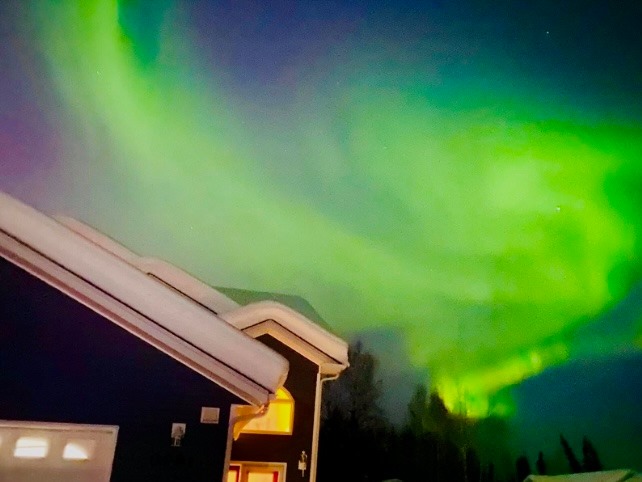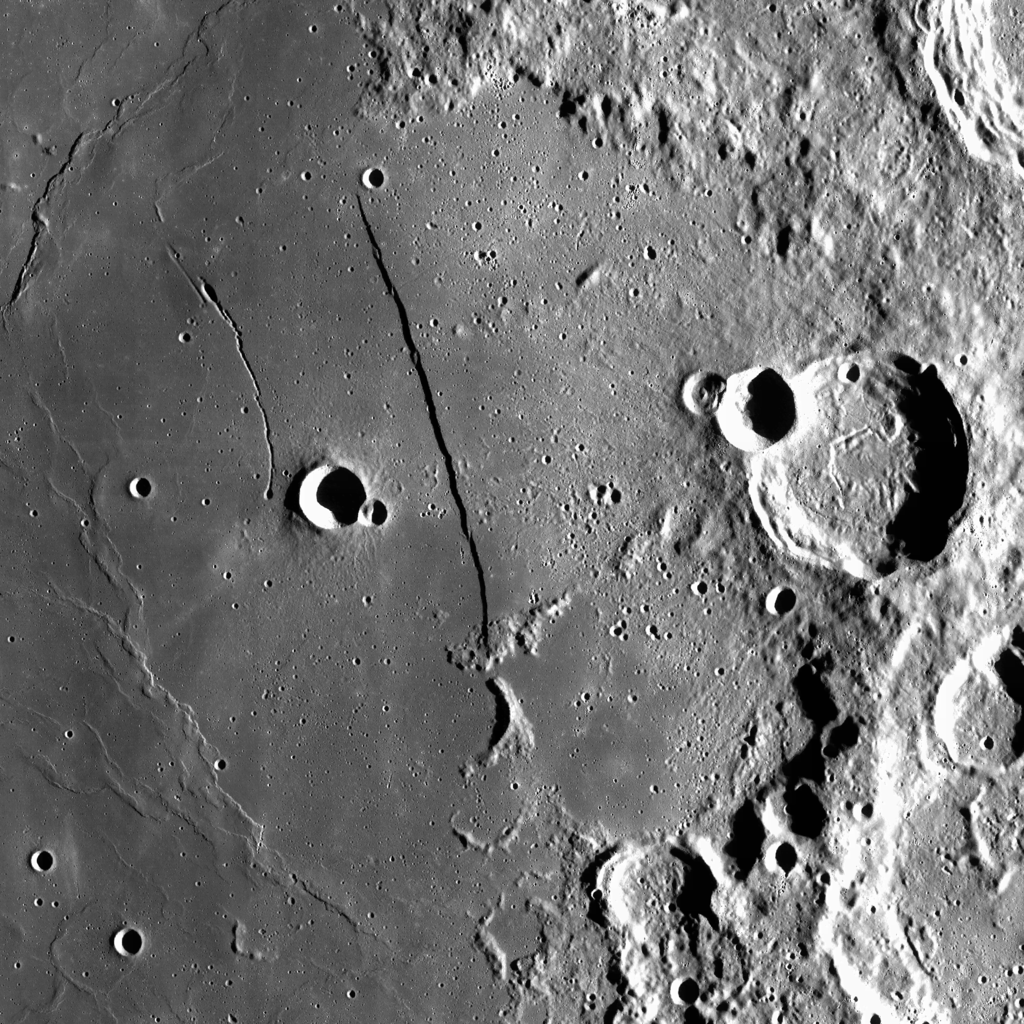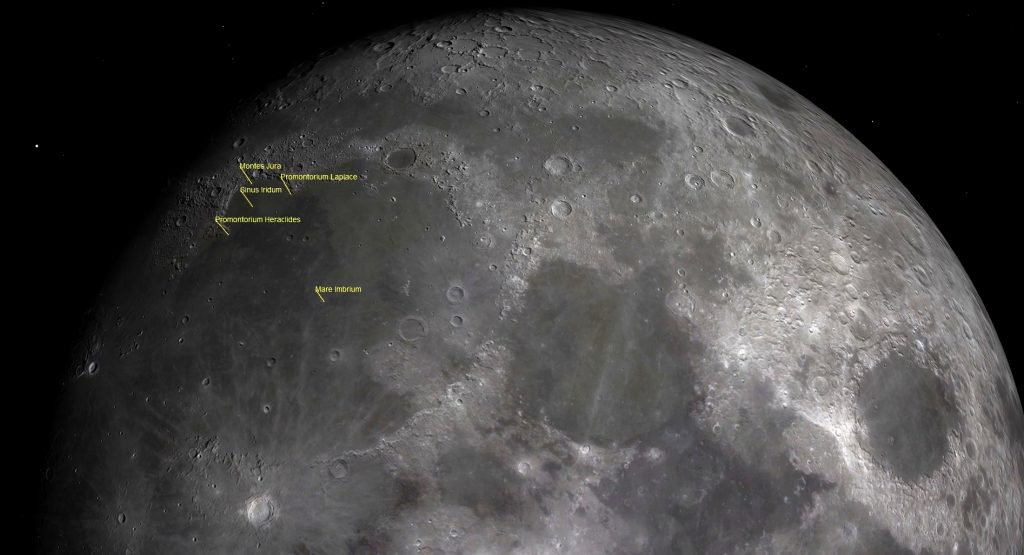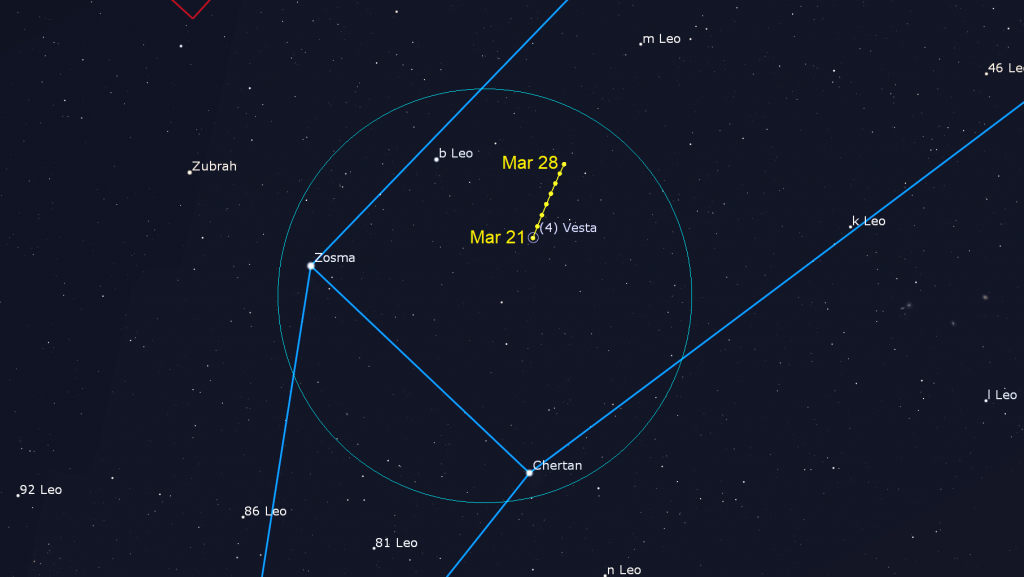A Marvelous Moon Week, Mars before Midnight, Bright Pre-dawn Planets, and a Paschal Supermoon!

This beautiful photo of the Aurora Borealis was captured by my friend Yvonne Wong in Alaska recently. The aurorae are more frequent around the two equinox periods each year because the N-S component of the Earth’s magnetic field is reduced and less able to fend off the solar wind.
Hello, Spring Stargazers!
Here are your Astronomy Skylights for the week of March 21st, 2021 by Chris Vaughan. Feel free to pass this along to your friends and send me your comments, questions, and suggested topics. You can also follow me on Twitter as @astrogeoguy! Unless otherwise noted, all times are expressed in Eastern Time. To subscribe to these emails please click this MailChimp link.
I can bring my Digital Starlab portable inflatable planetarium to your school or other daytime or evening event, or teach a session online. Contact me through AstroGeo.ca, and we’ll tour the Universe, or the Earth’s interior, together!
This week the moon will wax in phase from first quarter to a Full Paschal supermoon on Sunday, and I highlight some sights to see. Mars is near its “twin” Aldebaran in evening and the gas giant planets are shining in the eastern pre-dawn sky. Read on for your Skylights!
The Moon
This week, observers the world over can watch our natural satellite wax from first quarter to its full moon phase. It will follow the sun across the afternoon sky like a pale ghost and then shine brightly all evening long – perfectly placed for viewing with unaided eyes, binoculars, and backyard telescopes in the warmer spring air.
There will be new sights to see each night as the pole-to-pole terminator boundary that divides the moon’s lit and dark hemispheres migrates across the moon’s face from east to west. (When you are looking up at the moon, directions work the same as on a map. North is up and east is to the right.)
An astronaut standing anywhere along the terminator will see the sun rising over the moon’s eastern horizon – but much more slowly than the sun rises on Earth. Sunrise on Earth repeats about every 24 hours; but the same interval on the moon takes 29.5 days! The sunlight along the terminator is nearly horizontal, so it floods peaks and crater rims with bright light and casts long black shadows to the lunar west of every feature, no matter how subtle. On a night when the air above you is steady (i.e., the stars aren’t twinkling too much), views of the waxing moon in a telescope are breathtaking!
The moon will complete the first quarter of its orbit around Earth at 10:40 am EDT (or 14:40 Greenwich Mean Time) today (Sunday, March 21). At this phase, the relative positions of the Earth, sun, and moon will cause us to see a half-illuminated moon – on its eastern side.
Also tonight, the moon will be passing among the stars that form the toes of Castor, the more westerly of Gemini’s twins, and the terminator will fall just to the left (or lunar west) of Rupes Recta, also known as the Lunar Straight Wall. The feature is very obvious in any sized telescope. The rupes, Latin for “cliff”, is a north-south-aligned fault scarp that extends for 110 km across the southeastern part of Mare Nubium – that’s the large, dark region located in the lower third of the moon’s Earth-facing hemisphere. The Straight Wall is always prominent a day or two after first quarter, and shows up again just before third quarter.

For reference, the Straight Wall is located above (to the lunar north) of the bright, prominent crater Tycho. Tycho is famous for its lengthy and arrow-straight rays that extend across much of the moon’s Earth facing disk. That ray system is composed of material blasted out when Tycho was formed. On Sunday night, Tycho will be barely free of the terminator zone; but as this week unfolds you can see more and more of the ray system.
On Monday night, the now gibbous (more than half-illuminated) moon will cross central Gemini (the Twins). At about 10 pm Eastern Daylight time (EDT) or 02:00 GMT on March 23, the moon will pass just to the lower left (celestial south) of a medium-bright star named 57 Geminorum. Observers living south of Washington, D.C. and north of the Florida Keys can see the moon pass in front of (or occult) that star. The rest of us can enjoy seeing the moon’s orbital motion in action by observing how the moon approaches and then passes the star during the evening. (The moon actually shifts east by about 1.1 moon diameters every hour.)

On Tuesday and Wednesday night, the bright moon will traverse the very dim stars of Cancer (the Crab). Wednesday night will bring a chance to view the Golden Handle effect. That night, the terminator will fall to the left (or lunar west) of Sinus Iridum, the Bay of Rainbows. The circular, 249 km diameter feature is a large impact crater that was partly flooded by the same basalts that filled the much larger Mare Imbrium to its right (lunar east). The “Golden Handle” is produced when slanted sunlight brightens the eastern (right-hand) side of the prominent, curved Montes Jura. That’s a mountain range (well, actually it’s the old crater rim) that surrounds the bay on the top and left (north and west). The mountains extend into Mare Imbrium as a pair of protruding promontories named Heraclides and Laplace at the bottom and top, respectively. You can see the feature with sharp eyes – and easily in binoculars and backyard telescopes. Sinus Iridum is almost craterless, but hosts a set of northeast-oriented dorsae or “wrinkle ridges” that are revealed under magnification at this phase.

On Thursday and Friday the nearly full moon will cross through Leo (the Lion). On Saturday night, the very bright moon will start a three-night passage of lengthy Virgo (the Maiden). The moon will officially reach its full moon phase at 2:48 pm EDT on Sunday, March 28. (That’s 18:48 Greenwich Mean Time). By the time the moon rises in the Americas at about 8 pm local time on Sunday night, it will already be slightly past full. Full moons always rise in the east as the sun sets, and set in the west at sunrise. When fully illuminated, the moon’s geology is enhanced, especially the contrast between the bright, ancient, cratered highlands and the dark, younger, smoother maria, and the many ray systems.
Every culture around the world has developed its own set of stories for the moon, and every month’s full moon nowadays has one or more nick-names. The indigenous Ojibwe people of the Great Lakes region call the March full moon Ziissbaakdoke-giizis “Sugar Moon” or Onaabani-giizis, the “Hard Crust on the Snow Moon”. For them it signifies a time to balance their lives and to celebrate the new year. The Cree of North America call it Mikisiwipisim, the “the Eagle Moon” – the month when the eagle returns. The Cherokee call it Anvyi, the “Windy Moon”, when the planting cycle begins anew. The March full moon is also known as the Worm Moon, Crow Moon, Sap Moon or Lenten Moon. It always shines in or near the stars of Leo.
This full moon is the first one to follow the March Equinox, so it will also be the Paschal Moon. The name “paschal” is derived from “Pascha”, a transliteration of the Aramaic word meaning Passover. The Paschal moon controls when Easter and Passover are observed. The moveable feast of Easter always falls on the Sunday following the Paschal full moon. This year that will be April 4. Passover or Pesach is celebrated from the 15th through the 22nd of the Hebrew month of Nissan in the Jewish lunar calendar. Nissan began on March 14, when the new moon occurred in Israel, so Passover will commence at sundown on Saturday, March 27 and end at nightfall on Sunday, April 4.
This full moon is also occurring 1.5 days before perigee, the point in the moon’s orbit when it is closest to Earth, making this the first of four consecutive supermoons in 2021. Supermoons, or perigee syzygies, occur in consecutive groups or three or four – about every 14 months. That’s when the moon’s 27.32-day sidereal orbital period that causes perigees and apogees temporarily aligns with the 29.53-day synodic period that produces the phases. Supermoons look about 16% brighter and 7% larger than average.

The Planets
This week, Mars will continue its eastward trek through Taurus (the Bull) – not far from its “twin”, Taurus’ bright reddish star Aldebaran. Once the sky has darkened this week, find two medium-bright, reddish “stars” positioned about halfway up the western sky. Mars is the one sitting a palm’s width to the upper right (or 7 degrees to the celestial north) of slightly brighter Aldebaran, the star that marks Taurus, the Bull’s southerly eye. By next Sunday night, Mars will be located nearly a fist’s diameter above Aldebaran. In a telescope, Mars will show a very tiny, ruddy disk. Observe it as soon as you can spot it, while it’s higher. It’ll be setting in the west at about 1:30 am local time. And don’t forget to peer at the Pleiades star cluster positioned to Mars’ lower right.

Distant Uranus is well below Mars in Aries (the Ram). Uranus is only about 15 degrees above the horizon after twilight, which makes the planet tough to see through the extra-thick blanket of Earth’s atmosphere. William Herschel discovered Uranus 240 years ago this month.
Saturn and Jupiter will continue their appearance in the southeastern pre-dawn sky this week. The gas giant planets are both rising a little earlier each morning among the stars of Capricornus (the Sea-Goat) – allowing them to shine in a dark sky before dawn. Saturn clears the horizon by 5:30 am local time. Much brighter Jupiter joins it, a fist’s diameter to Saturn’s lower left (10 degrees east), about 30 minutes later. Speedy Mercury is sitting more than 1.6 fist diameters to Jupiter’s lower left (east) – but Mercury is swinging sunward and is not visible unless you live near the tropics.

You still have a good opportunity to see the main belt asteroid designated (4) Vesta. At magnitude 6.1, it’s within reach of your binoculars and small telescopes from the suburbs. Vesta is in the eastern evening sky in Leo (the Lion), forming a triangle to the upper right (west) of the medium-bright stars Chertan, the bright star that marks the lion’s rear haunches, and Zosma, the star that defines the lion’s backside.
Venus will pass the sun at superior conjunction on Friday, which means that our hot sister planet will soon enter the western evening sky for a long summer visit.
Pointing at Polaris
If you missed last week’s look at Polaris, the North Star, I posted it here!
Public Astro-Themed Events
Every Monday evening, York University’s Allan I. Carswell Observatory runs an online star party – broadcasting views from four telescopes/cameras, answering viewer questions, and taking requests! Details are here. Their in-person Wednesday night viewing has been converted to online via the observatory YouTube channel, where they offer free online viewing through their rooftop telescopes, including their 1-metre telescope! Details are here.
On Wednesday evening, March 24 at 6 pm EDT, The University of Toronto Astronomy & Space Exploration Society (ASX) will present an online talk entitled Archaeoastronomy: The Astronomy of Civilizations Past by the terrific John Percy, Professor Emeritus of Astronomy & Astrophysics and of Science Education at the University of Toronto, and an Associate of the Dunlap Institute. Details and the registration link are here.
On Friday evening, March 26 at 7:30 pm EDT, RASC Mississauga Centre will present an online talk entitled The Canada France Hawaii Telescope by Mary Beth Laychak, Director of Strategic Communications at CFHT. Details and the registration link are here.
Our in-person David Dunlap Observatory Saturday night events may be suspended at the moment, but we’re still pleased to offer alternatives – online programs! On Saturday, March 27 at 8:30 to 10 pm EDT, tune in to DDO Up in the Sky – featuring live and pre-recorded views of the night sky’s best objects captured through the telescopes of RASC Toronto Centre members. They’ll provide commentary, too. More information and the registration link can be found here. A modest fee goes to support our ongoing efforts to deliver public programs at DDO.
On Sunday afternoon, March 28 from 1 to 2 pm EDT I’m hosting an online session for RASC called Ask an Astronomer! We’ll explore the night sky together and answer your astronomy and space-related questions in simple language – using pictures, illustrations and planetarium software. The deadline to register is Friday, March 26 at 3:00 pm. Registration is here. A modest fee goes to support our ongoing efforts to deliver public programs at DDO.
My free, family-friendly Insider’s Guide to the Galaxy webcasts with Jenna Hinds of RASC National returns on Tuesday afternoon, March 30 at 3:30 pm EDT. We’re going to talk about the Aurora Borealis (and Australis)! You can find more details, and the schedule of future sessions, here and here.
Keep looking up, and enjoy the sky when you do. I love questions and requests. Send me some!